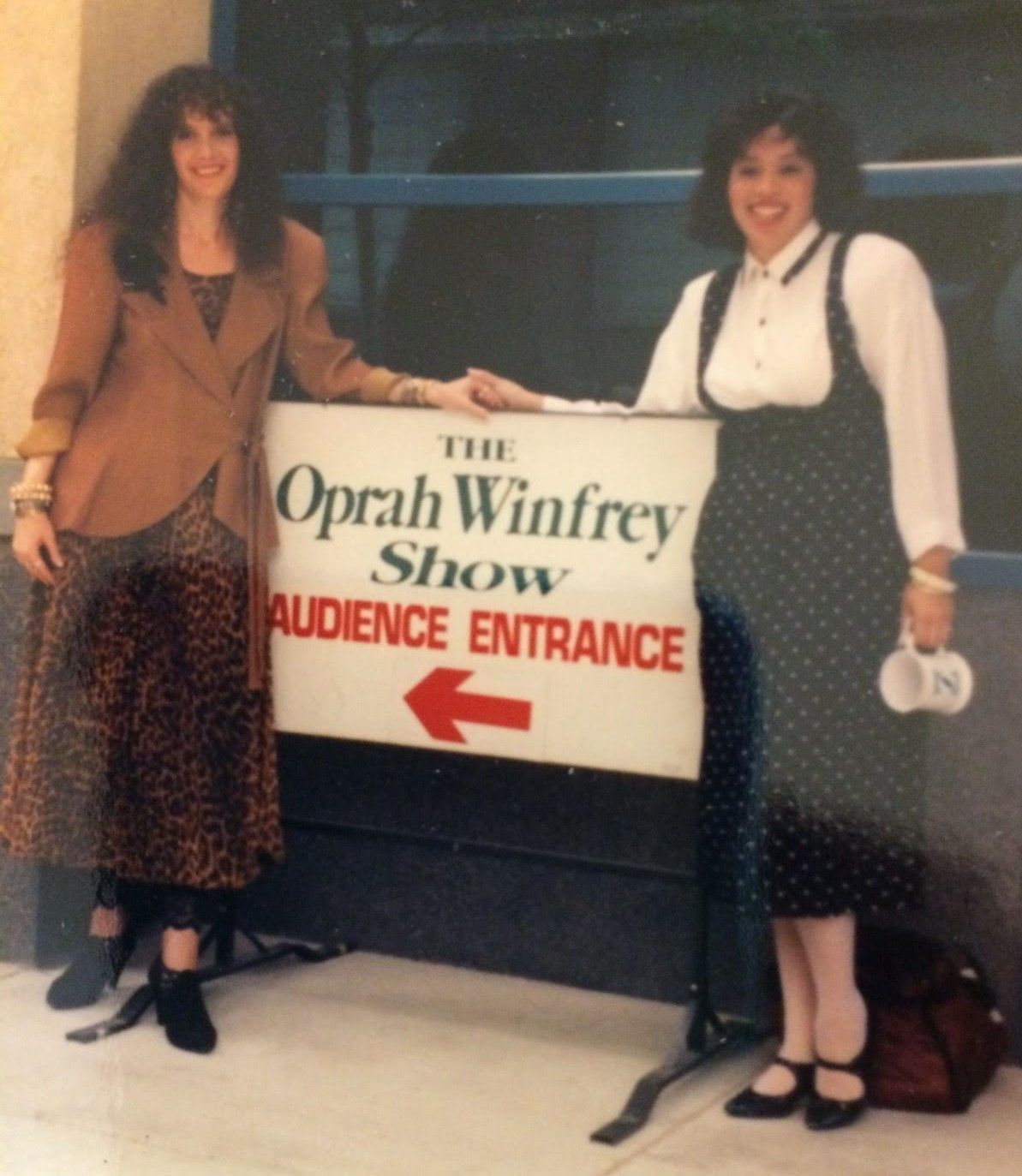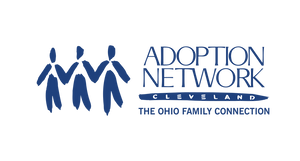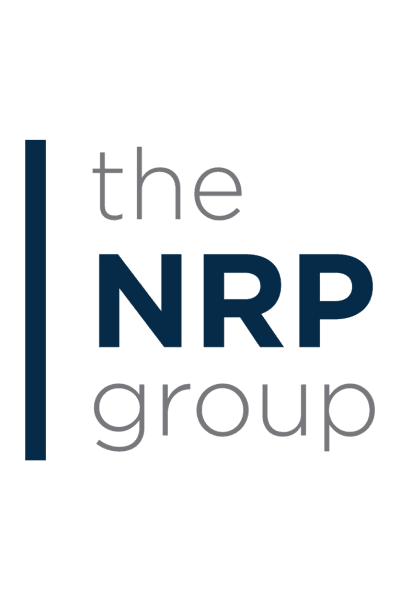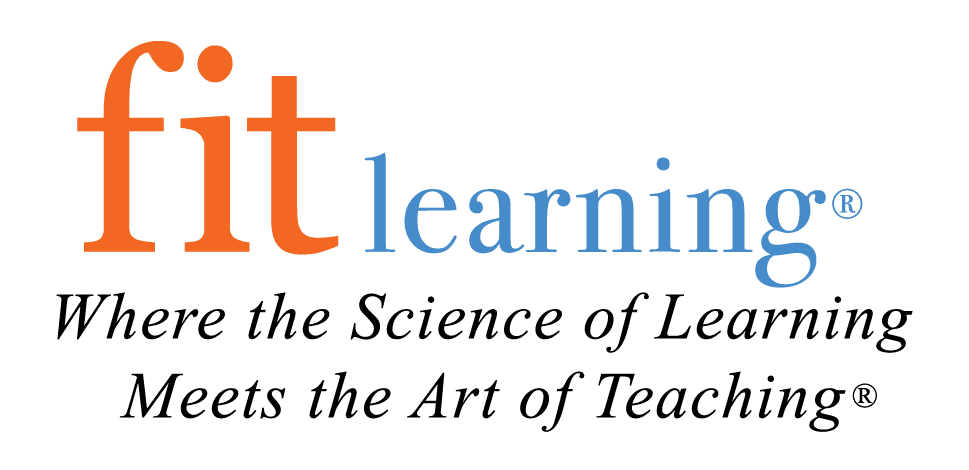
This Mother’s Day 2021 represents the 30th anniversary of finding my daughter whom I was forced to give up for adoption when I was a teenager in 1967. After five months of exile at the Los Angeles Florence Crittenton Home, I was released with these parting words from the Home’s director:
“Just go home and pretend it never happened.”
Not likely. It was the Summer of Love, and I was entering a different world than the one that had shamed and shunned me for being an “unwed mother.” Twenty-four years later, after a three-year search filled with twists and turns, I found my daughter in 1991. Our mother-child reunion was a thrilling, joyous miracle for which we were both exceedingly happy. But reunion was not an end in itself; it was the beginning of a different season for each of us in which we were forced to look inside ourselves and figure out who we really are . . . to one another and to ourselves.
This is how it started.
My precious daughter, I have treasured you since the day your life began—in the face of all who opposed me, through obstacles and pain, beyond distance and time. They took you from me, but they can never take away my love for you. I am your mother. I will never give up. (Journal Entry, 1976)
Every year on my daughter’s birthday, I wrote to her in my journal, giving myself permission to peep into the padlocked place in my heart labeled “birth mother.” That led to wondering, but wondering led nowhere since I’d signed away my parental rights for a closed adoption, the only kind I was told could be done in 1967.
The day after she was born, my daughter was taken from the hospital and placed into foster care. Four weeks later, my parents drove me to the Los Angeles County Department of Adoptions where, under their watchful eyes, I signed a relinquishment form terminating all rights to my child. The case worker said that when my baby was adopted, her birth certificate would be amended: my name would be removed and her original birth record sealed by a court order.
“No one will ever know,” the case worker promised.
At seventeen years old, I made what I thought would be a lifetime vow never to second-guess having given up my baby for adoption. I wanted to believe what the adults who ruled my life told me: that it was the right and only thing to do. While there was no way to “pretend it never happened,” I did manage to bury my loss deep enough to allow my daughter to grow up without interference, feeling paralyzed each year as her birthday approached, and not knowing why I had to look away from young moms pushing strollers around the park. I became pregnant with the loss of my child, and over the years, that loss grew into a pain in my heart so big I didn’t even know I was carrying it.
In 1979 I began a correspondence with the Los Angeles County Department of Adoptions. My daughter was only twelve years old then; I knew she’d have to wait another six years before she could legally search for me. But it seemed important to create a paper trail in case she ever did come looking and I was no longer around. My vow not to disrupt her life didn’t exclude the possibility that someday my daughter might want to find me.
A case worker named Bonnie sent me what she was allowed to share about my child: a summary of the adoption report, minus identifying details about her or her adoptive parents. I had given my daughter the name Rachel, but Bonnie said it was changed when her birth certificate was amended.
The report stated that she’d been four months old when she was adopted. The father was in the military, and the mother was an actress and a singer. I hoped that meant my daughter would grow up with a love for music and art, as I had. The last worker to visit them before the family moved out of state described Rachel as exceptional in her abilities and a well-adjusted toddler. This was all I could be told, but it was far more than I’d known before.
Included were two Polaroid photographs of my baby, presumably taken when she was in foster care. I put them in a hinged double frame, intermittently displaying them on my dresser and hiding them from sight in a drawer.
This correspondence provided me with the first safe haven, apart from my journal, for the thoughts, feelings, and questions I had about the child I’d been told to pretend I’d never given birth to. I was allowed to send letters and birthday cards for placement in my daughter’s file, as long as they did not contain identifying information. I began doing so in the hope that if she ever decided to contact the Department of Adoptions, my daughter would know that her birthmother loved her and had not given her up willingly.
When my daughter turned eighteen years old in 1985, I registered with ALMA, who put my name and contact info into a computer database with the date, time, and place of my child’s birth.
And then I waited.
Selimah Nemoy is the author of Since I Lost My Baby: A Memoir of Temptations, Trouble & Truth from which this article is excerpted. You can find out more about Selimah, her journey, and her work on her website at: selimahnemoy.com.













